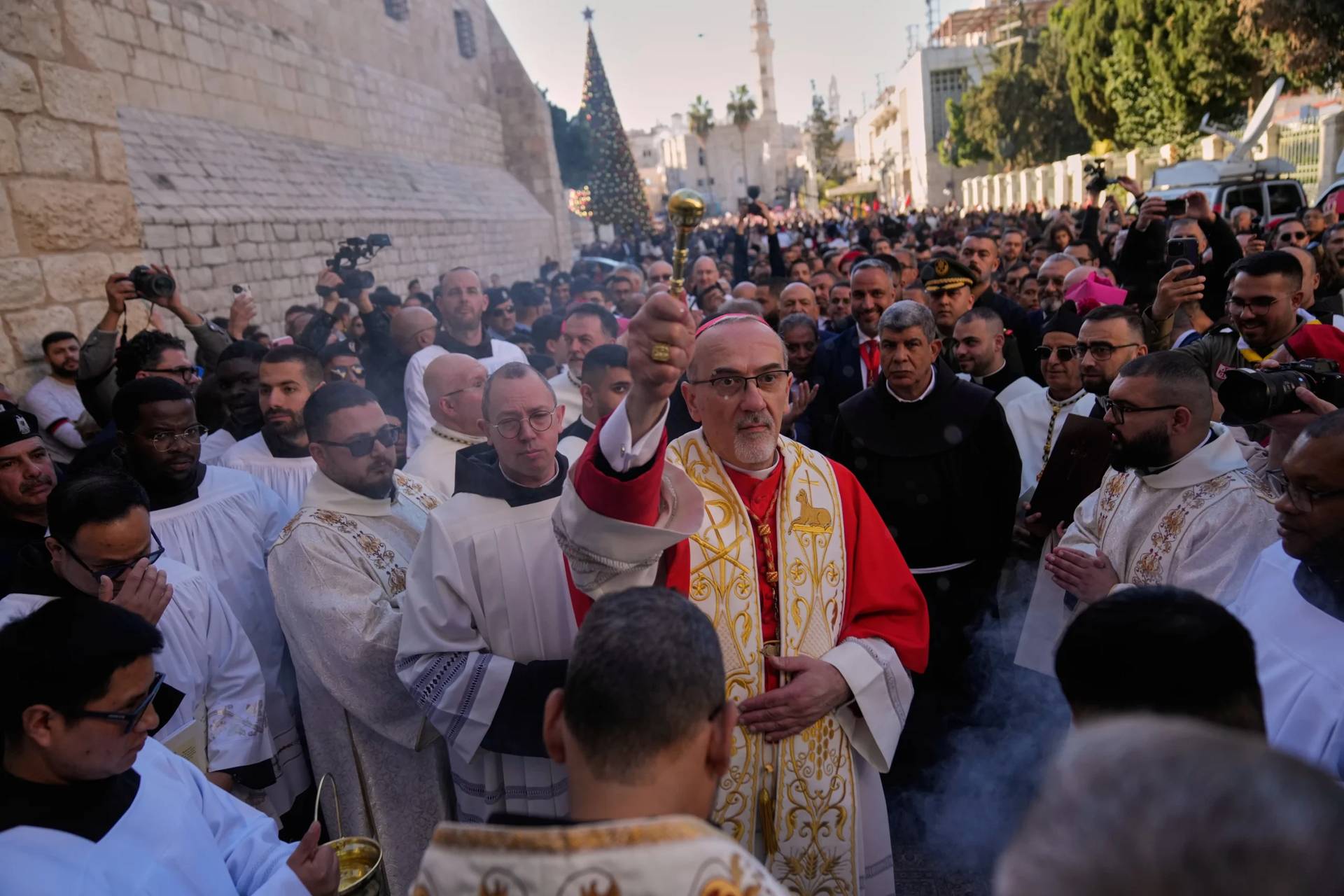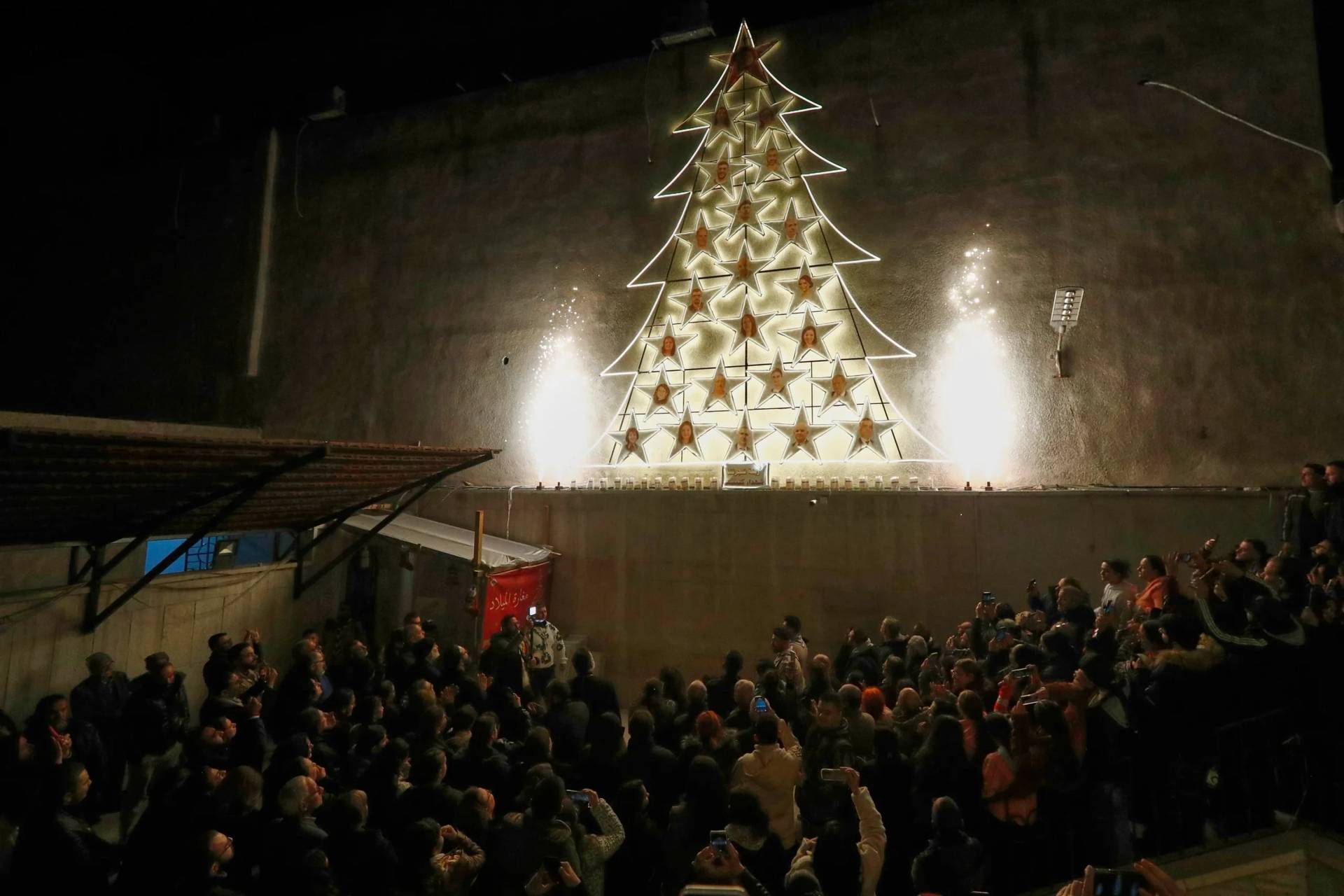In the spiritual treasury of the Church, there are several prayer methods. The methods are given to us as a help in responding to the call to prayer. In prayer, we enter into a mysterious encounter with the living God. As such, prayer is both a challenge and a consolation.
Of the many prayer methods in the life of the Church, the Composition of Place has always been greatly favored. It was highly promoted by Saint Ignatius of Loyola in his day and has always found a home in the Ignatian spirituality. And so, any Christian who has done some form of Saint Ignatius’ Spiritual Exercises, will be very familiar with the Composition of Place prayer method.
While highlighted by Saint Ignatius and the early Jesuits, the Composition of Place predates the Society of Jesus by several centuries. The method has been used by holy ones through the generations.
The prayer method actively employs our spiritual imagination. Our spiritual imagination is one of the higher powers of our intellect. It helps us to seek things beyond our place in time and space. It is a spiritual force that can do much good (or evil).
Through our spiritual imagination, we create a mental scene of a biblical event. Using our senses, we compose the sights, smells, sounds, tastes, and touch of the scene. We place ourselves in the place. We imagine ourselves there and interact with the figures and environment of the place.
For example, we place ourselves in the desert with the Lord Jesus during his temptations. We feel the dryness of our mouths, the heat on our skin, the particles of sand hitting our eyes, and so on. We compose the place so that we can begin an active session of prayer.
The composing of a place is in service to the colloquy. The colloquy, or conversation, is when we begin to speak to God in the place we have composed.
For example, as we imagine the hardness and haphazard stones of Jacob’s Well, the taste of dirt in the air, the sounds of the village a distance away, the smell of animals and a woman’s perfume, we then imagine ourselves there with the Samaritan Woman. As she speaks to the Lord Jesus, so we begin our colloquy – our discussion – with the Lord. We begin to ask him questions and receive his inquiries of us. We talk and we listen.
In approaching this prayer method, certain questions naturally come up.
How do we know what biblical scene to use for our composition of place?
For those seasoned in the Bible, they can pick a place that most closely matches their own state-of-affairs, or those relating to a pressing question or needed area of guidance. For those new to the Bible, they can simply use the Gospel or another Bible reading of the daily Mass on any respective day. As they grow in biblical knowledge, this can expand and deepen.
How do I know whether I’m just talking to myself?
At first, composition of place can feel awkward. We can question whether we are only doing an extensive version of navel-gazing. As we grow in this prayer method, we begin to realize that questions are posed to us in the colloquy that we could not have imagined by ourselves and wouldn’t readily welcome by ourselves. As we use the composition of place more often, we are also told to do things during our colloquy that we would not ask of ourselves. In fact, we are told to do good things in the colloquy that we would rather ignore or neglect.
For example, during our colloquy, we might be told to give mercy to someone that we’re holding a grudge against, or to go the extra mile in selfless service to someone we don’t like, and the list goes on.
In such ways, it becomes clear that someone else is talking in the colloquy. There is someone other than ourselves directing the conversation, and it is not merely our own imagination or thoughts.
What posture is usually used for composition of place?
While any posture can be used, this prayer method is usually done seated, possibly with the palms of our hands resting on our laps and extended up. The sitting posture is used for this prayer method since there is so much spiritual work that is being done within it.
The composition of place prayer method is a great spiritual work. It helps us to compose a biblical place and then engage in an active conversation with the living God.

















